
Coughing, wheezing, headache, dizziness and irritated eyes—these are common short-term effects of air pollution.
The long-term is worse: the University Corporation for Atmospheric Research says that long-term exposure to air pollution is linked to serious illness and disease in multiple body systems, including lungs, heart, liver and nervous system. A growing body of evidence indicates that breathing polluted air also may cause neurodegeneration, such as Alzheimer's disease, and mental health problems.
An estimated 7 million people die each year from air pollution, according to the World Health Organization. Almost all of the global population (99%) breathe air that exceeds WHO guideline limits and contains high levels of pollutants, with low- and middle-income countries suffering from the highest exposures.
Air pollution doesn’t just affect our health, but harms the environment. Wildlife suffer from the same symptoms we do. It reduces visibility, causes acid rain and blocks sunlight, harming forests, grasslands and agriculture.
One of the six major air pollutants commonly used in determining air quality is called PM2.5, or fine particulate matter, particles that are 2.5 microns or less in diameter -- about 30 times smaller than the width of a human hair.
PM2.5 is considered the most harmful of air pollutants, according to a recent report on world air quality by IQAir, a Swiss technology company that provides real-time air quality information and collaborates globally with various governments and organizations to improve the air.
These tiny particles are produced by combustion engines, power generation, industrial processes, agricultural processes, wood and coal burning, and construction, the report says. Naturally-occurring sources of PM2.5 include dust storms, wildfires, and sandstorms.
IQAir’s 2022 World Air Quality Report reviews the status of air quality around the world for the year 2022, looking at PM2.5 air quality data from 7,323 cities across 131 countries, regions, and territories. Data for the report was aggregated from measurements taken from over 30,000 global air quality monitoring stations.
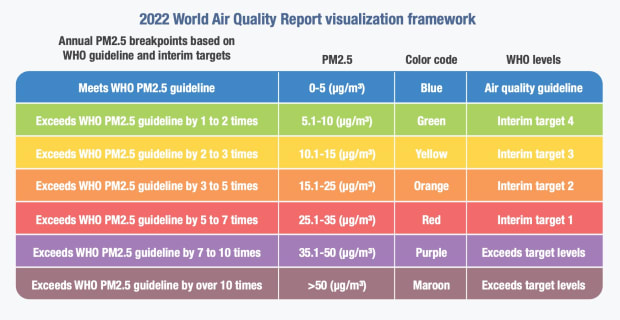
IQAir 2022 World Air Quality Report
Last year, only 13 countries, mostly islands, out of the 131 countries and regions included in the report succeeded in achieving PM2.5 concentrations at or below the World Health Organization’s guideline for annual PM2.5 concentrations of 5 micrograms per cubic meter.
In this list of the 30 most polluted capital cities, all are above 25 micrograms per cubic meter. Seven of the cities exceeded 50 micrograms per cubic meter, the worst levels (maroon in the chart above.) Washington DC, which didn't place on the list, reported 8.9 micrograms per cubic meter.
From IQAir’s report, these were the most polluted capital cities in 2022.

1. N’Djamena, Chad
2022 average PM2.5 concentration: 89.7
Chad was the country with the worst air pollution. While the report contains data from over 30,000 air quality monitoring stations, only 156 stations produced all the included data for the continent of Africa, with just one in Chad, in the city of N’Djamena. Air pollution most severely impacts already vulnerable populations. More than 90% of pollution-related deaths occur in low-income and middle-income countries, the report says.

2. New Delhi
2022 average PM2.5 concentration: 89.1
India's National Clean Air Program has a target of 40% reduction in PM concentration by 2026, and seeks to reduce PM concentrations by 20%-30% by 2024 in certain cities, the report says.

In the above image of New Delhi in 2021, a municipal truck uses an anti-smog gun to spray water on the road to suppress dust to help reduce particle pollution.

3. Baghdad
2022 average PM2.5 concentration: 86.7

4. Manama, Bahrain
2022 average PM2.5 concentration: 66.6

5. Dhaka, Bangladesh
2022 average PM2.5 concentration: 65.8

6. Ouagadougou, Burkina Faso
2022 average PM2.5 concentration: 63.0
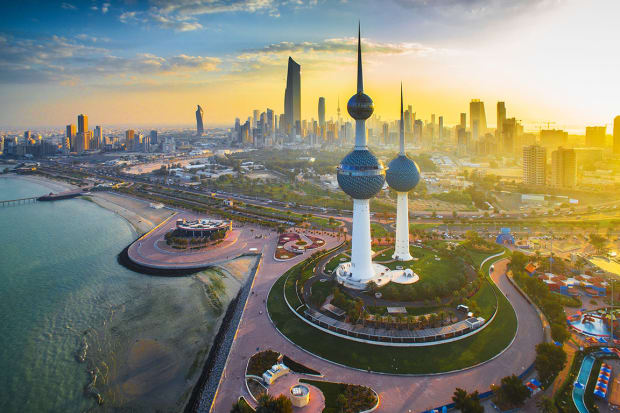
7. Kuwait City
2022 average PM2.5 concentration: 57.5
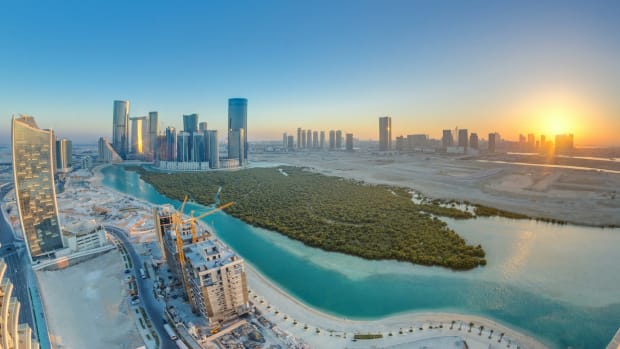
8. Abu Dhabi, United Arab Emirates
2022 average PM2.5 concentration: 48.0

9. Dushanbe, Tajikistan
2022 average PM2.5 concentration: 47.7

10. Cairo
2022 average PM2.5 concentration: 47.4

11. Abuja, Nigeria
2022 average PM2.5 concentration: 46.5
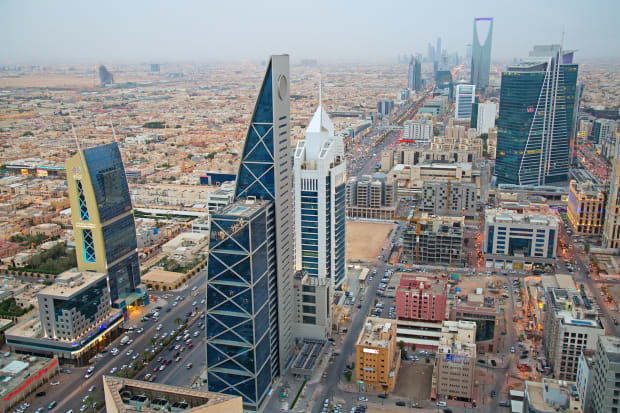
12. Riyadh, Saudi Arabia
2022 average PM2.5 concentration: 46.2

13. Khartoum, Sudan
2022 average PM2.5 concentration: 44.6

14. Kigali, Rwanda
2022 average PM2.5 concentration: 44.0

15. Doha, Qatar
2022 average PM2.5 concentration: 41.8

16. Kathmandu, Nepal
2022 average PM2.5 concentration: 40.7

17. Islamabad, Pakistan
2022 average PM2.5 concentration: 40.6
Although the capital city ranks No. 17, Pakistan ranked as the third most polluted country. Of all the cities in the dataset--not just the capitals-- Lahore, Pakistan, was the most polluted.

18. Hanoi, Vietnam
2022 average PM2.5 concentration: 40.1
Power generation from fossil fuels, motor vehicles emissions, and industrial factories are still significant contributors of air pollution in Vietnam, the report says. Vietnam recently partnered with a U.S. agency to reduce environmental pollution.

19. Kampala, Uganda
2022 average PM2.5 concentration: 39.6
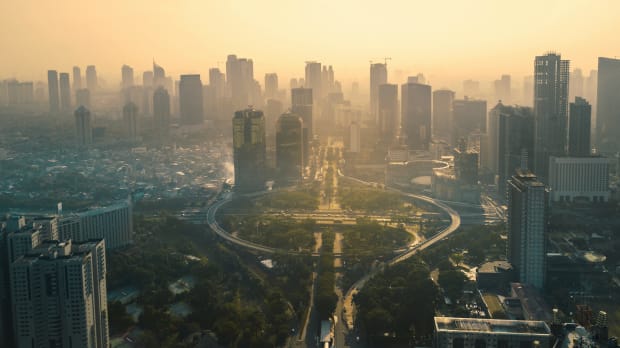
20. Jakarta, Indonesia
2022 average PM2.5 concentration: 36.2
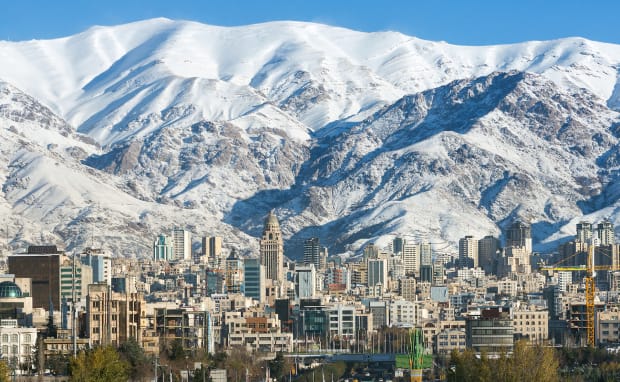
21. Tehran, Iran
2022 average PM2.5 concentration: 36.1

22. Tashkent, Uzbekistan
2022 average PM2.5 concentration: 33.5

23. Sarajevo, Bosnia Herzegovina
2022 average PM2.5 concentration: 32.4
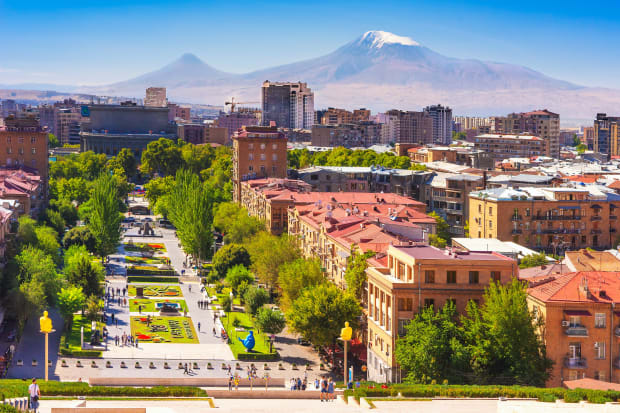
24. Yerevan, Armenia
2022 average PM2.5 concentration: 31.4

25. Addis Ababa, Ethiopia
2022 average PM2.5 concentration: 31.3

26. Ulaanbaatar, Mongolia
2022 average PM2.5 concentration: 30.6
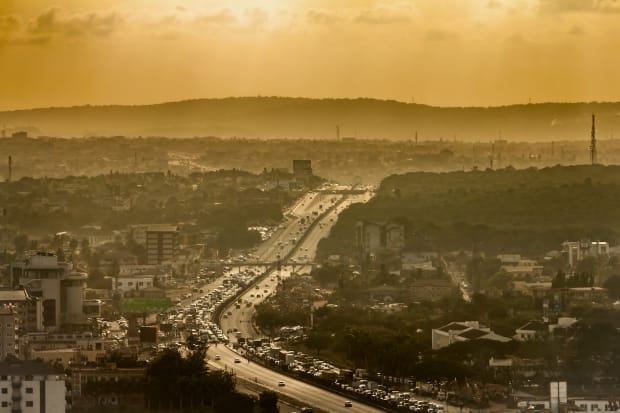
27. Accra, Ghana
2022 average PM2.5 concentration: 30.1

28. Beijing
2022 average PM2.5 concentration: 29.8
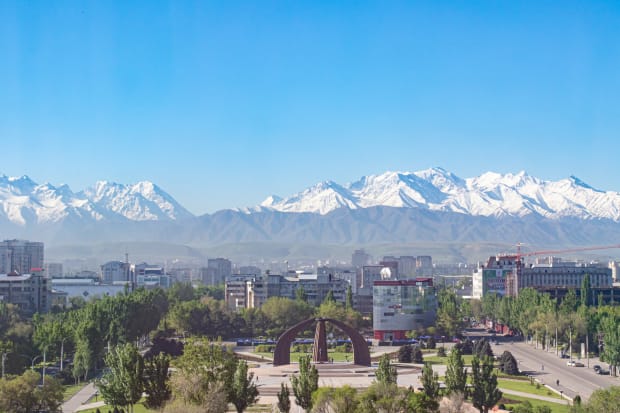
29. Bishkek, Kyrgyzstan
2022 average PM2.5 concentration: 29.0

30. Vientiane, Laos
2022 average PM2.5 concentration: 27.6
You can check your local air quality at IQAir.







